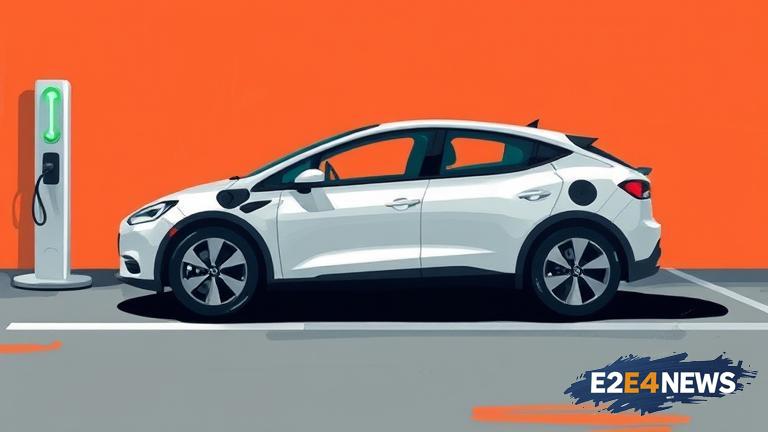The Irish motoring landscape is on the cusp of significant changes with the impending price adjustments for electric vehicles. These changes are poised to have a profound impact on the running costs associated with EVs, influencing not only the financial considerations of potential buyers but also the broader environmental implications. As the world continues to shift towards more sustainable modes of transportation, understanding these changes is crucial for both consumers and policymakers. The price changes are part of a broader strategy to incentivize the adoption of electric vehicles, aiming to reduce carbon emissions and meet stringent environmental targets. Ireland, like many countries, is grappling with the challenges of transitioning to a more sustainable transportation sector, and these price adjustments are a key component of this effort. For consumers, the upcoming price changes will mean a reevaluation of the cost-benefit analysis of owning an electric vehicle. While the initial purchase price of EVs has often been a barrier to entry, the running costs, including charging and maintenance, have been significantly lower than those of their petrol and diesel counterparts. However, with the new price structure, potential buyers will need to consider how these changes affect the overall cost of ownership. The environmental benefits of electric vehicles are well-documented, with zero tailpipe emissions contributing to improved air quality and reduced greenhouse gas emissions. Despite these benefits, the high upfront costs have deterred some consumers. The price changes aim to address this issue, making EVs more competitive in the market. Furthermore, the impact of these price changes on the second-hand EV market is also expected to be significant, with potential implications for the resale value of vehicles. As the demand for electric vehicles increases, driven by both governmental incentives and consumer preference, the market is likely to see a surge in the availability of used EVs. This could lead to a more affordable entry point for buyers who may not have considered an electric vehicle previously. In addition to the price changes, advancements in technology are continually improving the efficiency and range of electric vehicles, making them a more viable option for a wider range of consumers. Charging infrastructure, a critical component of the EV ecosystem, is also undergoing rapid expansion and improvement. The combination of more affordable vehicles, better technology, and enhanced charging infrastructure is expected to accelerate the adoption of electric vehicles in Ireland. However, challenges remain, including the need for further investment in charging points, particularly in rural areas, to ensure equitable access to EV ownership. The government’s role in incentivizing the EV market through subsidies and tax benefits will also be crucial in the coming years. As Ireland strives to meet its climate action targets, the transportation sector will play a pivotal role, with electric vehicles at the forefront of this effort. In conclusion, the upcoming price changes for electric vehicles in Ireland signal a significant shift in the motoring landscape, with far-reaching implications for consumers, the environment, and the automotive industry as a whole. These changes, coupled with technological advancements and investments in infrastructure, are poised to make electric vehicles an increasingly attractive option for those looking to reduce their carbon footprint and operating costs. The detailed impact of these changes will depend on various factors, including the specifics of the price adjustments, consumer behavior, and the response of the automotive industry. Nonetheless, one thing is clear: the future of motoring in Ireland is electric, and these price changes are a critical step towards a more sustainable transportation sector.





